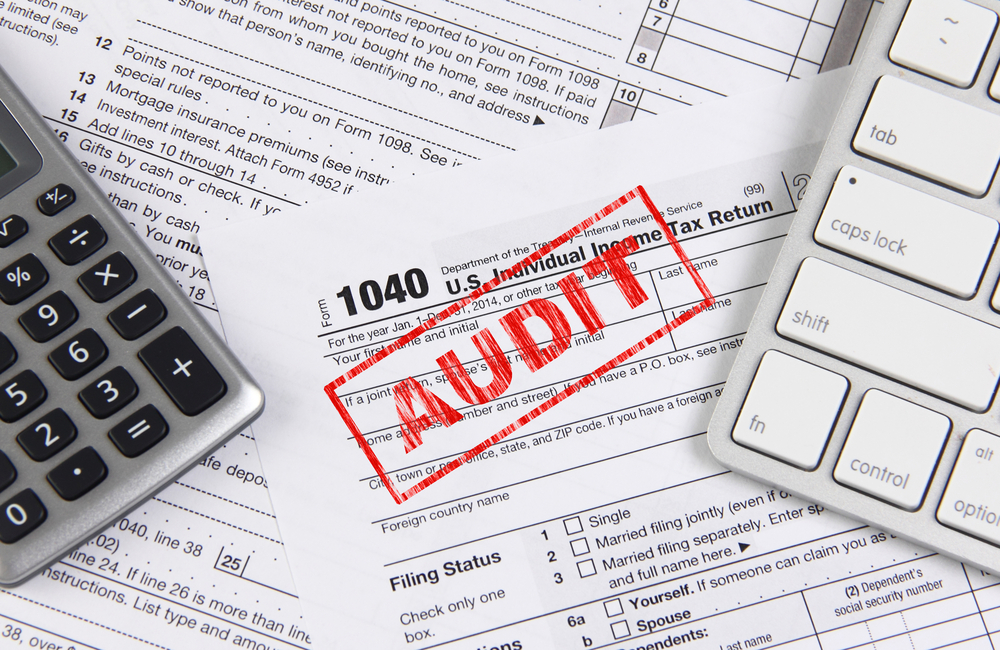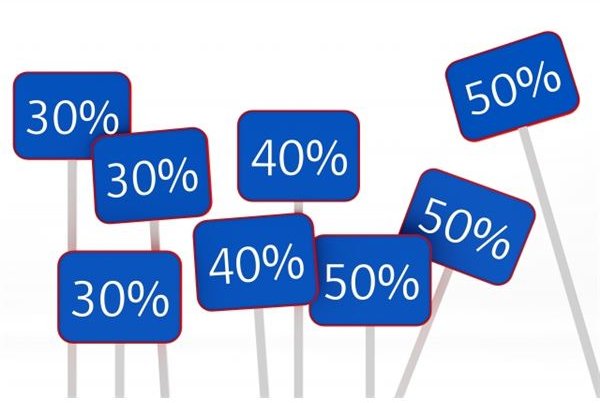Table of Content
A permanent improvement increases the value of property, adds to its life, or gives it a new or different use. Examples of improvements are replacing electric wiring or plumbing, adding a new roof or addition, paneling, or remodeling. If you own your home, you cannot deduct the fair rental value of your home. As the principal place of business for one or more of your trades or businesses. The space you use is a separately identifiable space suitable for storage.

This is true whether or not you were entitled to claim any depreciation. However, you cannot exclude the part of any gain equal to any depreciation allowed or allowable after May 6, 1997. To figure the amount you can deduct for qualified business use of your home using the simplified method, follow these three steps. If you conduct more than one business that qualifies for this deduction in your home, your election to use the simplified method applies to all your qualified business uses of that home. The business expenses that relate to the business activity in the home , but not to the use of the home itself.
IRS Commuting Rule: Commuting Mileage & Deduction Rule
The numerator of the fraction is the number of hours that the space was used during the year for daycare and the denominator is the total number of hours during the year that the space was available for all uses. You can use the Daycare Facility Worksheet , near the end of this publication, to help you figure the reduced rate. If your qualified business use was for a portion of the year or you changed the square footage of your qualified business use, your deduction is limited to the average monthly allowable square footage. You calculate the average monthly allowable square footage by adding the amount of allowable square feet you used in each month and dividing the sum by 12. When determining the average monthly allowable square footage, you cannot take more than 300 square feet into account for any 1 month. Additionally, if your qualified business use was less than 15 days in a month, you must use -0- for that month.

However, if you use the standard meal and snack rates in any tax year, you can use actual costs to compute the deductible cost of food in any other tax year. If your gross income from the business use of your home is less than your total business expenses, your deduction for certain expenses for the business use of your home is limited. If you own your home and qualify to deduct expenses for its business use, you can claim a deduction for depreciation.
Subscribe to TaxConnections Blog
Training and education expenses are only deductible, however, if they maintain or improve skills needed in your present work, according to the IRS. Oddly, if you went back to school in 2020 to shift careers, this deduction is not permitted. "A lot of people are afraid that a home office deduction is inviting an audit," said Mark Luscombe, principal federal tax analyst at Wolters Kluwer Tax & Accounting in Chicago. "My view on that is if you are entitled to the deduction you should claim it, as long as you follow the rules." For worksheets and additional information on computing the allowable home-office deduction, check out Publication 587, Business Use of Your Home.
The simplified method is an alternative to calculating and substantiating these expenses. If you use your home in your farming business and file Schedule F , report your entire deduction for business use of the home on line 32 of Schedule F . You cannot take any depreciation or section 179 deduction for the use of listed property unless you can prove your business/investment use with adequate records or sufficient evidence to support your own statements.. If your business use of listed property is 50% or less, you cannot take a section 179 deduction and you must depreciate the property using the Alternative Depreciation System . If you use certain types of property, called listed property, in your home, special rules apply. Listed property includes any property of a type generally used for entertainment, recreation, and amusement .
Worksheet To Figure the Deduction for Business Use of Your Home
If your home is not your principal place of business but you regularly use a home office space to meet or deal with patients, clients, or customers, you may still qualify. The IRS home office rules help you determine whether you qualify for a tax deduction based on the business use of your home. Home office business expenses are divided into direct and indirect expenses.

His performance of substantial nonadministrative or nonmanagement activities at fixed locations outside his home also does not disqualify his home office from being his principal place of business. He meets all the qualifications, including principal place of business, so he can deduct expenses for the business use of his home. Qualifying for a Deduction gives the requirements for qualifying to deduct expenses for the business use of your home . For special rules that apply to daycare providers, see Daycare Facility. The purpose of this publication is to provide information on figuring and claiming the deduction for business use of your home. The term “home” includes a house, apartment, condominium, mobile home, boat, or similar property which provides basic living accommodations.
The area you use to figure your deduction is limited to 300 square feet. See Simplified Amount, later, for information about figuring the amount of the deduction. Generally, you cannot deduct items related to your home, such as mortgage interest, real estate taxes, utilities, maintenance, rent, depreciation, or property insurance, as business expenses. However, you may be able to deduct expenses related to the business use of part of your home if you meet specific requirements.

He does not conduct any substantial administrative or management activities at any fixed location other than his home office. You have no other fixed location where you conduct substantial administrative or management activities of your trade or business. To qualify under the exclusive use test, you must use a specific area of your home only for your trade or business. The area used for business can be a room or other separately identifiable space. The space does not need to be marked off by a permanent partition.
Do not include mortgage interest or mortgage insurance premiums on a loan that did not benefit your home . If you file Schedule F , include your otherwise nondeductible expenses (insurance, maintenance, utilities, depreciation, etc.) with your total business-use-of-the-home expenses on Schedule F , line 32. Enter “Business Use of Home” on the dotted line beside the entry.
If you did not use the part of your home exclusively for providing daycare, complete the Daycare Facility Worksheet to figure what number to enter on line 3b. Use this worksheet if you file Schedule F or you are a partner, and you are using the simplified method to figure your deduction for business use of the home. If you are using actual expenses to figure your deduction for the business use of your home, use the Worksheet To Figure the Deduction for Business Use of Your Home, later. If you are using the simplified method to figure your deduction for the business use of your home, use the Simplified Method Worksheet, later. Only include the personal portion of your casualty losses in Section A of the Form 4684 you attach to your return.
A loss from the sale of your home, or the personal part of your home if it was also used for business or to produce rental income, is not deductible.. You do not have to reduce the gain by any depreciation you deducted for a separate structure for which you cannot exclude the allocable portion of the gain. If you were entitled to deduct depreciation on the part of your home used for business, you cannot exclude the part of the gain equal to any depreciation you deducted for periods after May 6, 1997.
She works 2 days a week in her home office used only for business. Her home office qualifies for a business deduction because she meets clients there in the normal course of her business. He uses a room in his home that he has converted to an office. He uses this room exclusively and regularly to conduct all the following activities. John writes up estimates and records of work completed at his customers' premises.
Although the tax preparer always signs the return, you're ultimately responsible for providing all the information required for the preparer to accurately prepare your return. Anyone paid to prepare tax returns for others should have a thorough understanding of tax matters. For more information on how to choose a tax preparer, go to Tips for Choosing a Tax Preparer on IRS.gov. ▶ Tips and links to help you determine if you qualify for tax credits and deductions. You can prepare the tax return yourself, see if you qualify for free tax preparation, or hire a tax professional to prepare your return. Do not allocate more square feet to this qualified business use than was actually used during the year.


No comments:
Post a Comment